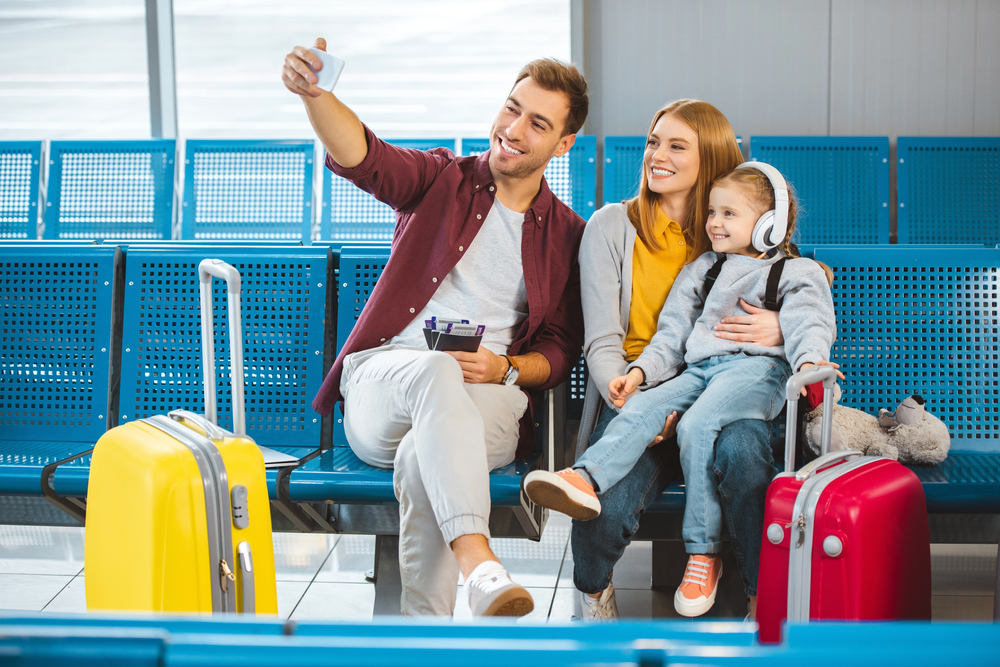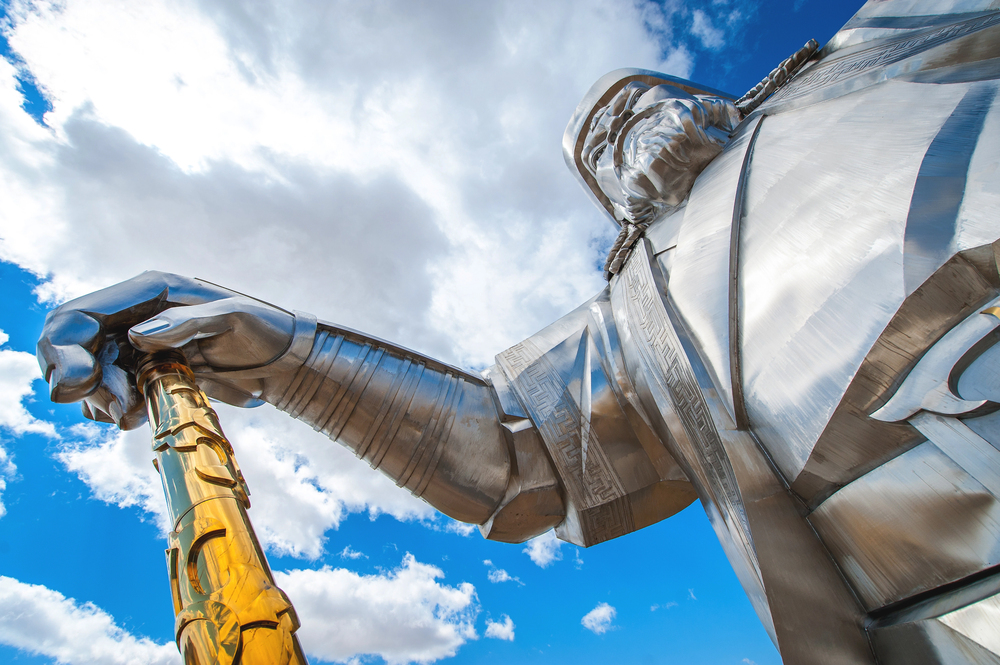How Airline Travel Has Transformed Over the Decades
Aubrey Cole
2025-11-03
6 min read

The world of air travel has undergone a remarkable evolution. From its humble beginnings as a niche mode of transportation to its status as a global network connecting people and cultures, airline travel has seen decades of transformation. Technological advancements, passenger expectations, and industry innovations have not only redefined how we fly but also shaped the way we perceive the world. This blog takes a closer look at how airline travel has transformed over the decades and the changes that have made a lasting impact.
The Golden Age of Air Travel
The mid-20th century is often referred to as "the golden age of air travel." During the 1950s and 1960s, flying was a luxurious experience, reserved primarily for the wealthy. Airplanes were equipped with plush seating, gourmet meals, and attentive staff who catered to passengers' every need. Passengers dressed in their finest attire to board flights, as air travel was considered a glamorous event. Flights during this period were not just about getting from Point A to Point B; they were about the experience. Airlines competed on the quality of their service, ensuring that customers received an opulent and memorable flight. However, the exclusive nature of air travel also meant that it was significantly more expensive and inaccessible to many.
The Era of Accessibility
The 1970s marked a turning point in the airline industry with the introduction of larger aircraft, such as Boeing’s 747. Known as the “Jumbo Jet,” the 747 revolutionized the aviation landscape by making air travel more affordable and accessible. This period also saw the development of commercial aviation routes that connected more regions than ever before. While airline luxury began to take a backseat, accessibility began to define the future of air travel. The Airline Deregulation Act of 1978 in the United States further lowered ticket prices by increasing competition within the industry. This empowered budget-conscious travelers and gave rise to low-cost carriers like Southwest Airlines and EasyJet. Suddenly, air travel was no longer an elite privilege but an option for middle-class travelers and families.
Advancements in Technology
Technology has played an instrumental role in transforming airline travel. The introduction of advanced engine designs, lighter aircraft materials, and computerized navigation systems has enhanced the efficiency and safety of air travel. For example, jet engines significantly reduced travel time compared to earlier piston-engine aircraft, making long-haul flights practical and appealing. Another milestone was the advent of computerized reservation systems in the 1980s, allowing passengers to book flights online. This was a precursor to the digital age of travel, streamlining the booking process and enhancing the overall customer experience. Over the years, airlines have also embraced innovations such as in-flight entertainment systems, Wi-Fi connectivity, and mobile check-ins, making traveling more seamless and enjoyable.

The Rise of Globalization
The late 20th century marked an era of globalization, which heavily influenced air travel. Airlines expanded their networks to include international destinations, fostering cross-cultural exchanges and economic growth. International air carriers, such as Emirates and Singapore Airlines, became symbols of global connectivity. This development paralleled a world that was increasingly interconnected, with flights enabling businesses to expand globally and individuals to explore new cultures more easily. The influence of alliances, such as Star Alliance and Oneworld, also began to take root during this time. By joining forces, airlines were able to offer travelers more destinations, streamlined travel processes, and shared perks, such as access to lounges and loyalty programs.
Modern-Day Air Travel
Air travel today is defined by convenience, efficiency, and choice. Airlines now cater to a broad spectrum of travelers, from those seeking luxurious first-class experiences to budget-conscious flyers. The introduction of premium economy cabins and upgraded business class options has further diversified what passengers can expect. Airports themselves have transformed into bustling hubs, offering a wide range of amenities that cater to travelers’ needs. It’s common to find gourmet restaurants, premium shopping outlets, and even wellness centers within airport terminals. Sustainability has also emerged as a key focus in recent years. Airlines are actively adopting eco-friendly practices, such as fuel-efficient aircraft, carbon offset programs, and alternative fuels. The aviation industry is making strides toward a more environmentally conscious future, though this remains a work in progress.
Challenges and the Future of Air Travel
Although air travel has come a long way, it has faced its share of challenges. The COVID-19 pandemic, for instance, disrupted global aviation like never before, causing a temporary but drastic reduction in flights and reshaping passenger expectations. Issues related to climate change, rising ticket prices, and workforce shortages also loom large as the industry evolves. Nevertheless, the future of airline travel looks promising. Developments such as supersonic jets and electric-powered aircraft may one day make travel faster and more sustainable. Meanwhile, personalized travel experiences driven by AI and data analytics have the potential to redefine how airlines serve their passengers.
The Legacy of Transformation
From its golden age of luxury to its current focus on convenience, sustainability, and inclusivity, airline travel has undergone profound changes over the decades that reflect broader social and technological shifts. What remains constant is its role in connecting people, cultures, and ideas. Whether you’re flying across the country or across the world, the act of boarding an airplane is a testament to how far the industry has come.



